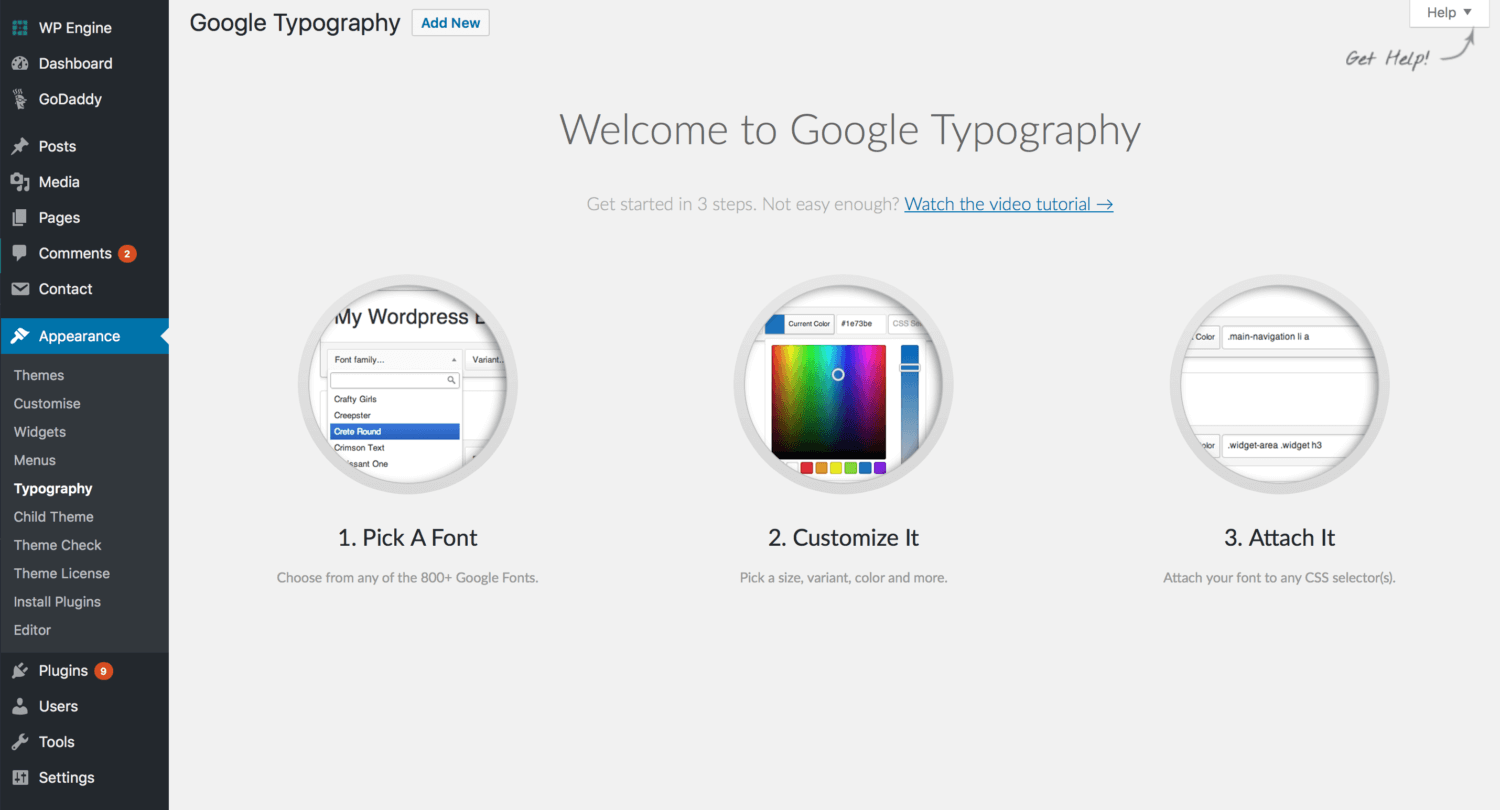
Google Fonts: Complete Buyer's Guide
The world's dominant free web font service
Google Fonts is the world's dominant free web font service, delivering over 1,800 font families through global CDN infrastructure to eliminate typography licensing costs for organizations worldwide[232][236].
Market Position & Maturity
Market Standing
Google Fonts maintains dominant market position in the free web font segment, operating as part of Google's broader web infrastructure rather than competing directly with AI-powered typography solutions[232][236].
Company Maturity
As a Google service, the platform benefits from enterprise-grade infrastructure reliability and long-term operational stability[236].
Industry Recognition
Google Fonts receives recognition for democratizing web typography and supporting open web standards rather than technological innovation[232][236].
Longevity Assessment
Google's commitment to web standards and open source initiatives provides confidence in continued platform availability, though the company's history of discontinuing services creates some uncertainty for long-term strategic planning.
Proof of Capabilities
Customer Evidence
Organizations with multilingual requirements demonstrate successful implementations leveraging Google Fonts' 135+ language support[200][247].
Quantified Outcomes
Organizations achieve immediate cost savings from eliminating font licensing fees[247].
Market Validation
Customer feedback consistently shows faster development cycles versus proprietary font implementations[196][209].
AI Technology
Architecture
The platform leverages Google's global infrastructure to deliver fonts through optimized CDN endpoints, with WOFF2 compression and subsetting capabilities providing significant performance improvements for web applications[199][240].
Primary Competitors
Platforms like Adobe Firefly and Monotype provide AI-powered font discovery and generative capabilities[1][9][32][42].
Competitive Advantages
Free licensing model eliminates ongoing font expenses[247]. Extensive language support covering 135+ languages[200][247]. Global CDN infrastructure and straightforward integration[215][224][236].
Market Positioning
Google Fonts positions as foundational web infrastructure rather than premium design tool, serving organizations that prioritize cost reduction and implementation simplicity over advanced functionality[200][247].
Win/Loss Scenarios
Google Fonts wins in budget-constrained scenarios, multilingual deployments, and rapid prototyping applications[192][200][227][235]. AI-powered alternatives win when organizations require generative capabilities, contextual intelligence, or advanced workflow automation[204][232].
Key Features

Pros & Cons
Use Cases
Featured In Articles
Comprehensive analysis of AI Typography Suggestion Tools for AI Design for AI Design professionals. Expert evaluation of features, pricing, and implementation.
How We Researched This Guide
About This Guide: This comprehensive analysis is based on extensive competitive intelligence and real-world implementation data from leading AI vendors. StayModern updates this guide quarterly to reflect market developments and vendor performance changes.
298+ verified sources per analysis including official documentation, customer reviews, analyst reports, and industry publications.
- • Vendor documentation & whitepapers
- • Customer testimonials & case studies
- • Third-party analyst assessments
- • Industry benchmarking reports
Standardized assessment framework across 8 key dimensions for objective comparison.
- • Technology capabilities & architecture
- • Market position & customer evidence
- • Implementation experience & support
- • Pricing value & competitive position
Research is refreshed every 90 days to capture market changes and new vendor capabilities.
- • New product releases & features
- • Market positioning changes
- • Customer feedback integration
- • Competitive landscape shifts
Every claim is source-linked with direct citations to original materials for verification.
- • Clickable citation links
- • Original source attribution
- • Date stamps for currency
- • Quality score validation
Analysis follows systematic research protocols with consistent evaluation frameworks.
- • Standardized assessment criteria
- • Multi-source verification process
- • Consistent evaluation methodology
- • Quality assurance protocols
Buyer-focused analysis with transparent methodology and factual accuracy commitment.
- • Objective comparative analysis
- • Transparent research methodology
- • Factual accuracy commitment
- • Continuous quality improvement
Quality Commitment: If you find any inaccuracies in our analysis on this page, please contact us at research@staymodern.ai. We're committed to maintaining the highest standards of research integrity and will investigate and correct any issues promptly.